- Lighting is everything because it helps us observe and know when the light (ISO) should go either up or down to let in more or less light.
- Details are very important as well because it shows the image more in depth and helps us understand what we’re doing and or looking at.
- Knowing your controls is the most important things, to know how to place certain things.
- Putting yourself in someone else shoes is also something you can do; it helps show what they’re thinking and how you can incorporate that into your own photographs.
- RAW images allow for more forgiving post work with more data and details.
- Knowing Aperture, Shutter and ISO, helps us with our camera controls and helps you become familiar with what you’re using.
- Be interesting, is also important, you’re adding character to your work and helps you with building a foundation which people can recognize you from.
- Be precious about what you subject your eyeballs to. Look at amazing work all the time. Set your bar high. Find the social networks of people who do great art.
- We all need a little reminder every once in a while that we’ve gotten a little rigid with our style. It happens to beginners and pros alike – we learn what we’re good at and we stick with it.
- Hey, no matter what level you’re at, you are first and foremost a human being. You’ve got to be out having a great time, living life and following your passions.
LETTER TO NEW PHOTOGRAPHY STUDENTS
The use of using digital camera to record, shoot, edit whatever you want or need. Photography can be fun if you’re really creative and enjoy being inside and or outside. The most important thing about photography is learning how to use the camera for example, knowing when and how much light is being emitted and how much of that light you need. Photography is always trial and error, you may not get it the first time, but you will get it after many practices. Also making Photography fun is having a good environment to be in. Teachers like Ms. Cauchon really makes photography fun and easy by showing us examples and how stuff work, from lighting to flash.
You will be doing many fun assignments in Photography, from photographing outside to shooting groups of people, or even working for them. Having confidence in Photography is also important. Knowing what you’re doing and how you are doing it will help you in the long run. Knowing if your photos need more or less light or if it needs more saturation. The only rule about photography is to be yourself. When shooting you have advantage of doing what you want and what you like, being guided by others and peers will help you a lot. Asking questions as well will help you.
ALBUM 4 DIGITAL AUDIO RECORDING
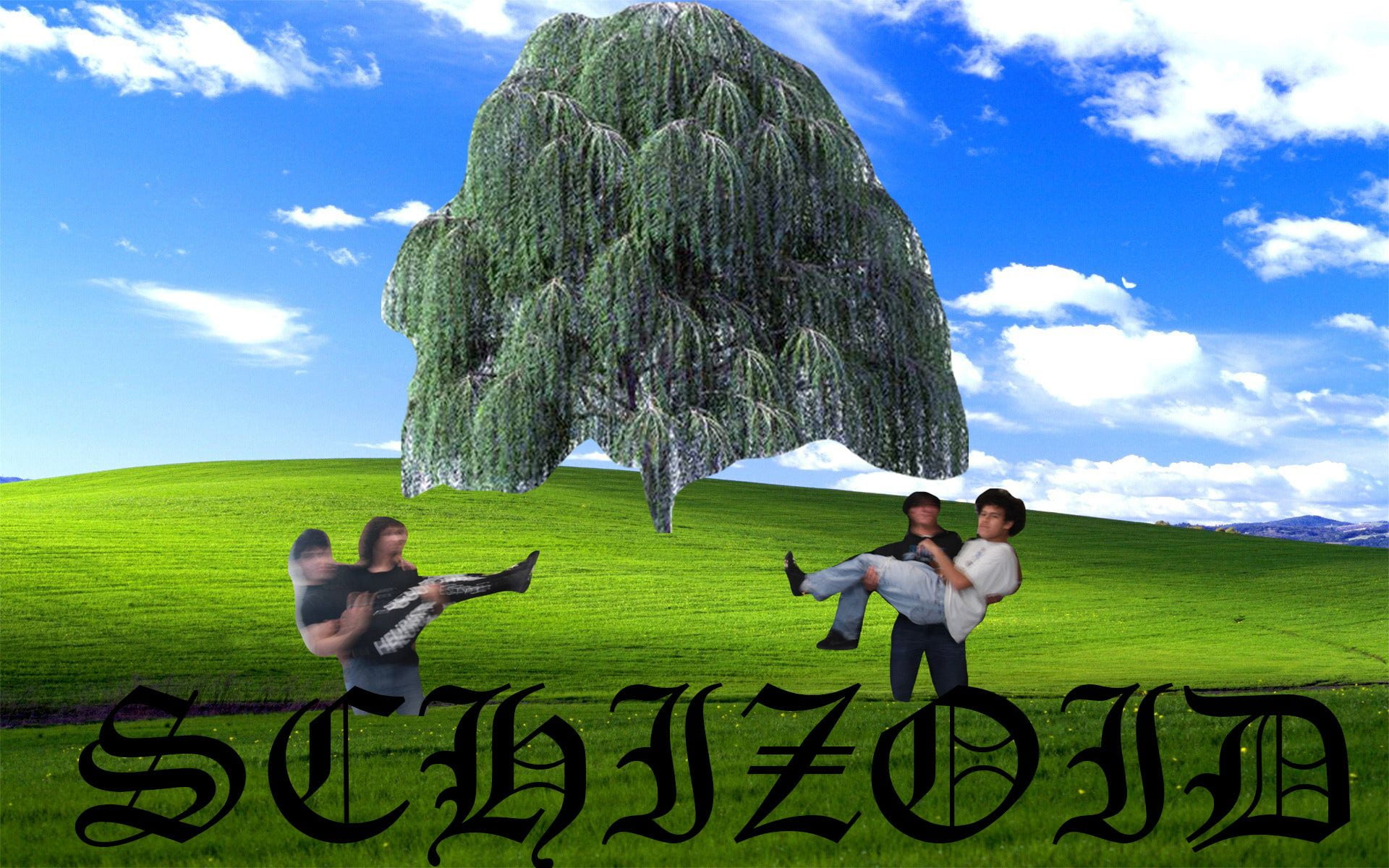
MIRROR IMAGE

Illusion, Black and white, Mute, 2 colors, Cool, Triangles, optical, freeform, transform, mirror affect.
BUYING A NEW CAMERA
KODAK PIXPRO FZ55 DIGITAL CAMERA
Cost – $99.99
Size – Point and shoot, about a palm size camera.
- 28 MM WIDE ANGLE LENS
- 5X OPTICAL ZOOM LENS
- 16MP 1/2.3″ CMOS SENSOR
- 2.7″ LCD SCREEN
- RECHARGABLE
ZION Z8 MIRRORLESS CAMERA
Cost – 3,696.95
Size- Lightweight, bigger than palm.
- 45.7 MP STACKED BSI CMOS SENSOR
- EXPEED 7 IMAGE PROCESSOR
- ELECTRONIC SHUTTER ONLY DESIGN
- 493-POINT PHASE-DETECTION AF
- INTERNAL 8K60 AND 4K 120 RECORDING
PORTRAITS W/ MAKEUP
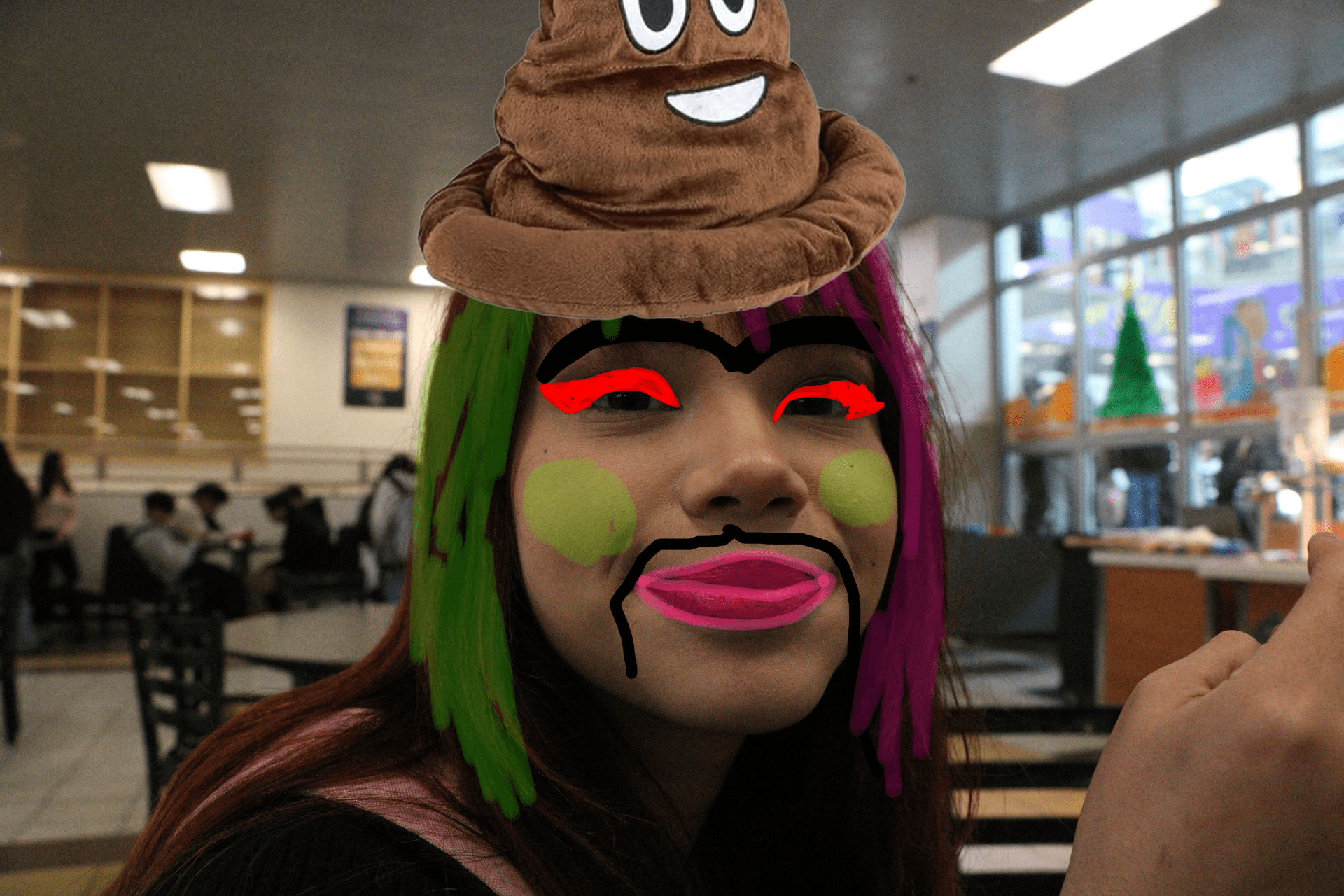
Tips: Use low opacity, utilize your brushes, edits, be creative, slow and quick
AI PHOTOGRAPHY
What is AI? Ai or also known as artificial intelligence is the ability of a digital computer or computer-controlled robot to perform tasks commonly associated with intelligent beings. We see AI gradually building up into the future, from making AI of people to AI pictures etc. which has caused many problems. One piece of technology to have AI is cameras. For example, many new cameras coming up in the market have facial and subject recognition. Using AI tech to instantly snap the focus to either the left or right eye of the subject.
While there are a variety of different AI-based software’s that can aid photographers, we will cover a few of the best free tools that utilize artificial intelligence. Many websites (such as deepai.org) offer AI Image Generation. This allows you to create images simply by typing a few words. If you have low resolution photos, software like AI Image Upscale can help to increase the resolution of your photos. This can be beneficial if you need to crop an image down, blow up an image for print, or just want a higher resolution.
–AI in Photography: How Photographers Can Use Artificial Intelligence – 42West (adorama.com)
My favorite teacher with bounced flash
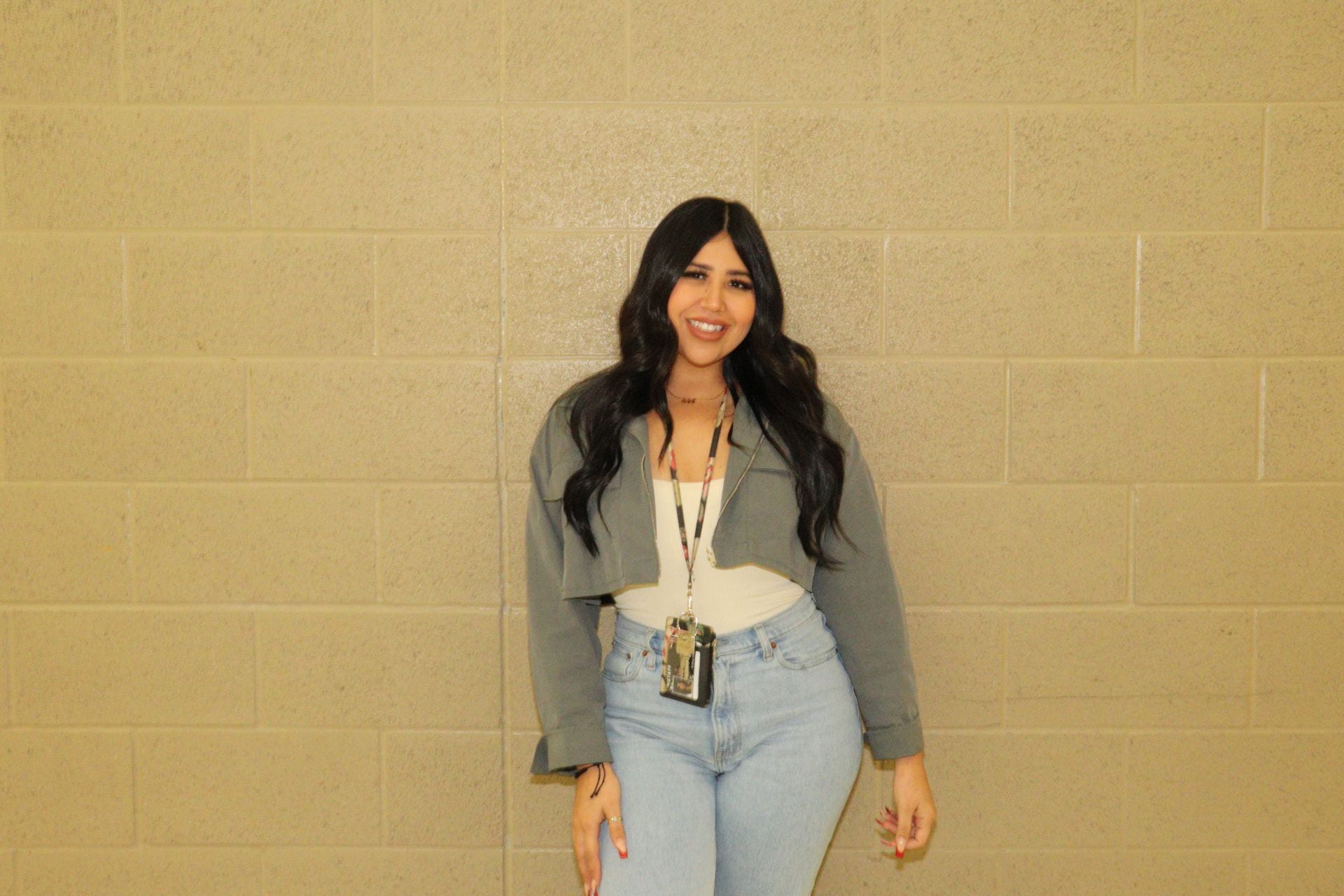
She’s my favorite English teacher. She really explains what we’re learning perfectly and is able to help students when help is needed. She is the best teacher and cares about her students.
External Flash Worksheet
- We would use external flash for dark settings, portraits, or when a subject needs a shadow to bring in more 3d elements and feelings.
- No, we do not need to meter flash because it gives the right amount of light as it uses our camera settings.
- It synchronizes the firing of a photographic flash.
- Evaluate through the lens.
- When you shoot faster than the camera sync speed, the second curtain starts to close before the first curtain has fully opened, resulting in the exposure being captured by a slit that travels down the frame
- Bounce flash diffusers provide a different approach to softening the light.
- A slave (optical slave) is a device that’s connected to another flash or large strobe that triggers that device to fire when it “sees” another flash firing.
- Fix your ISO.
Gel Potraits
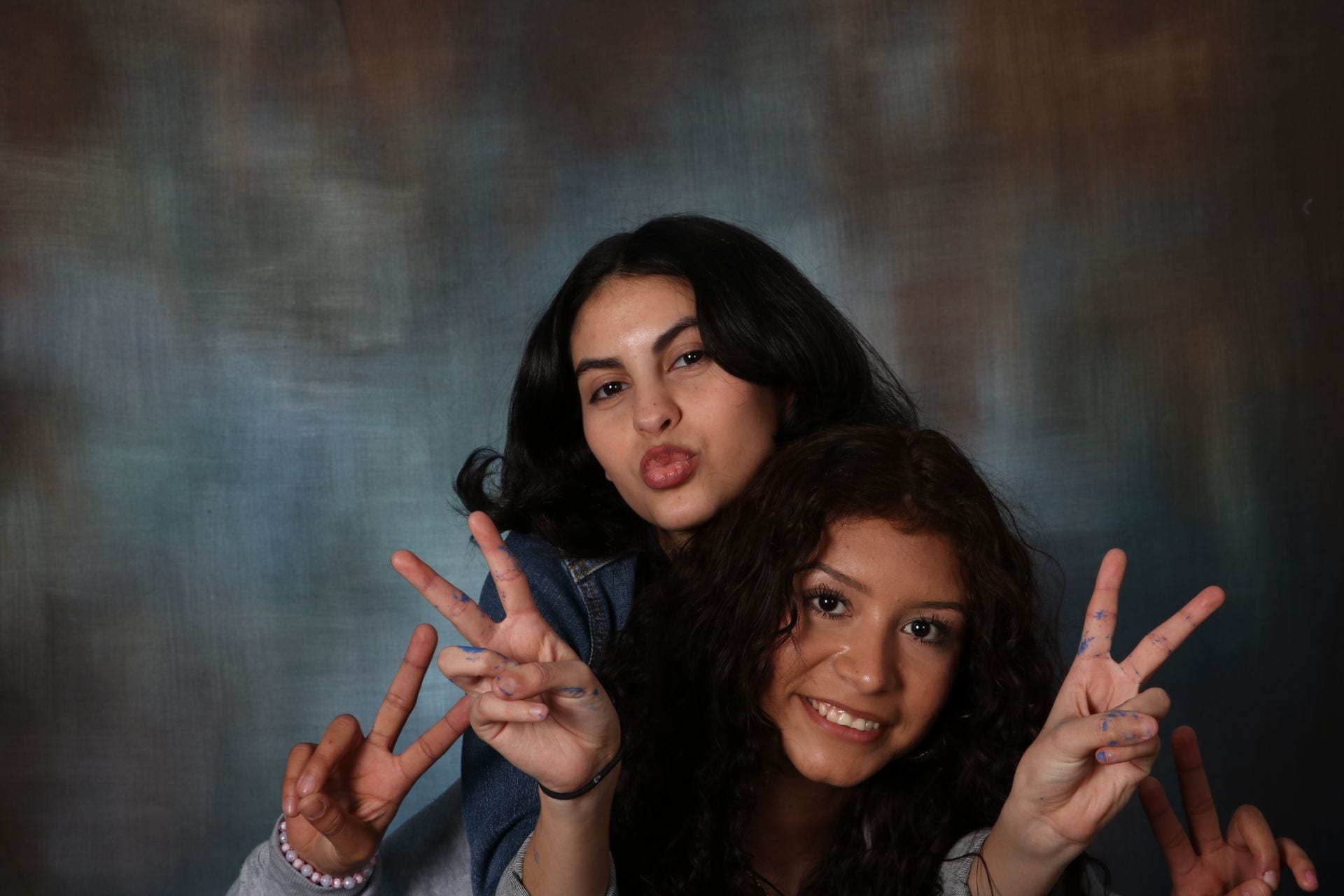
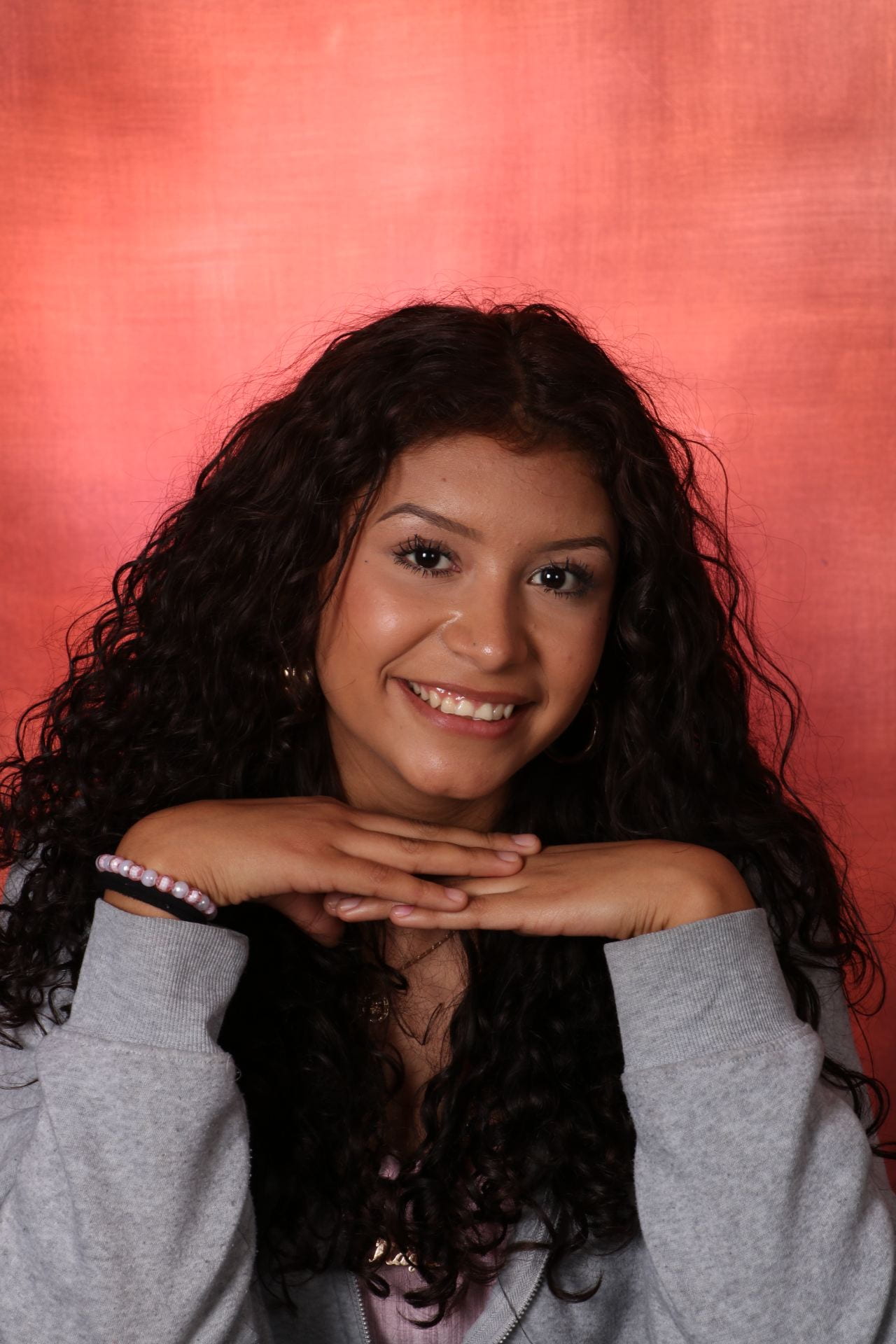
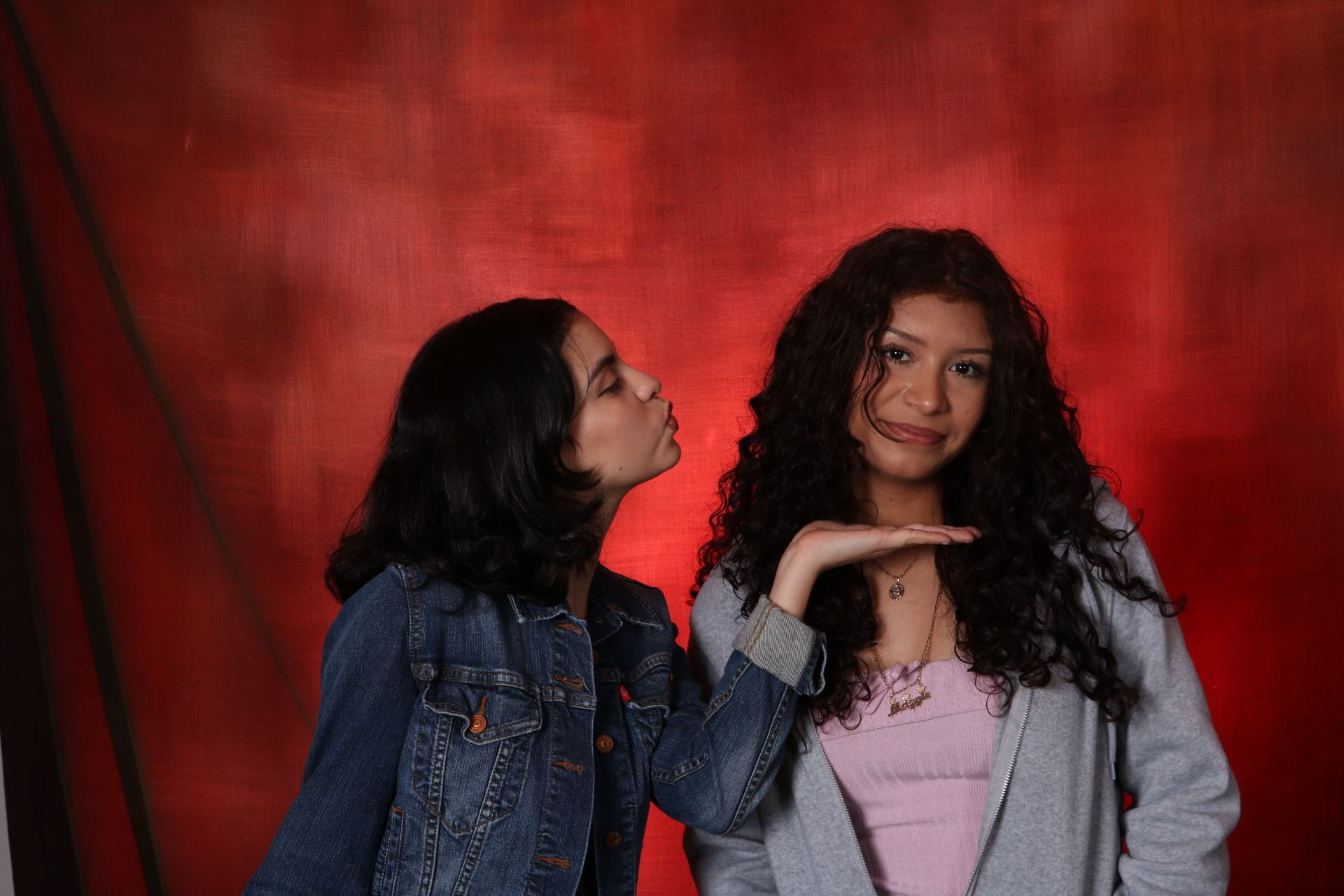
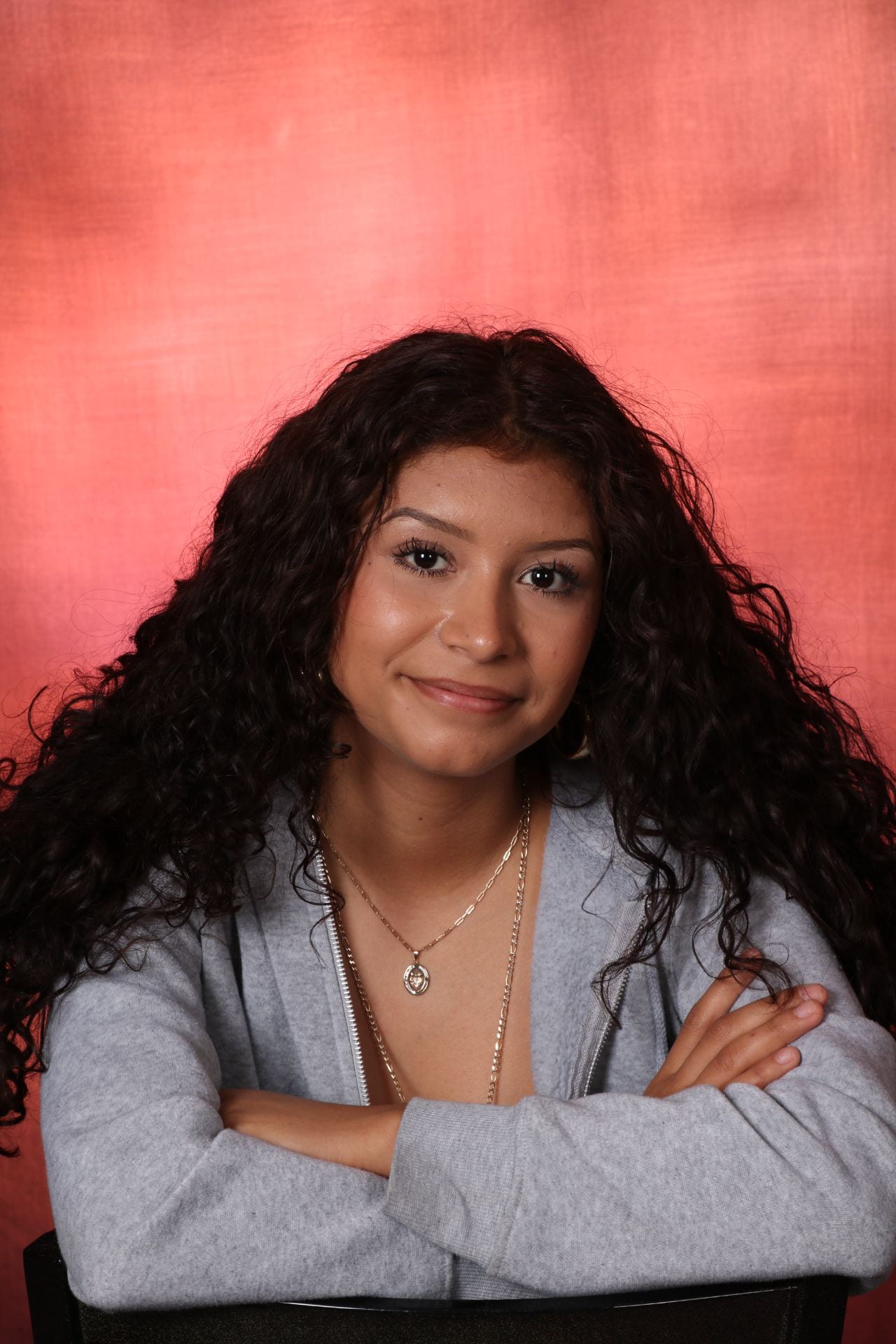
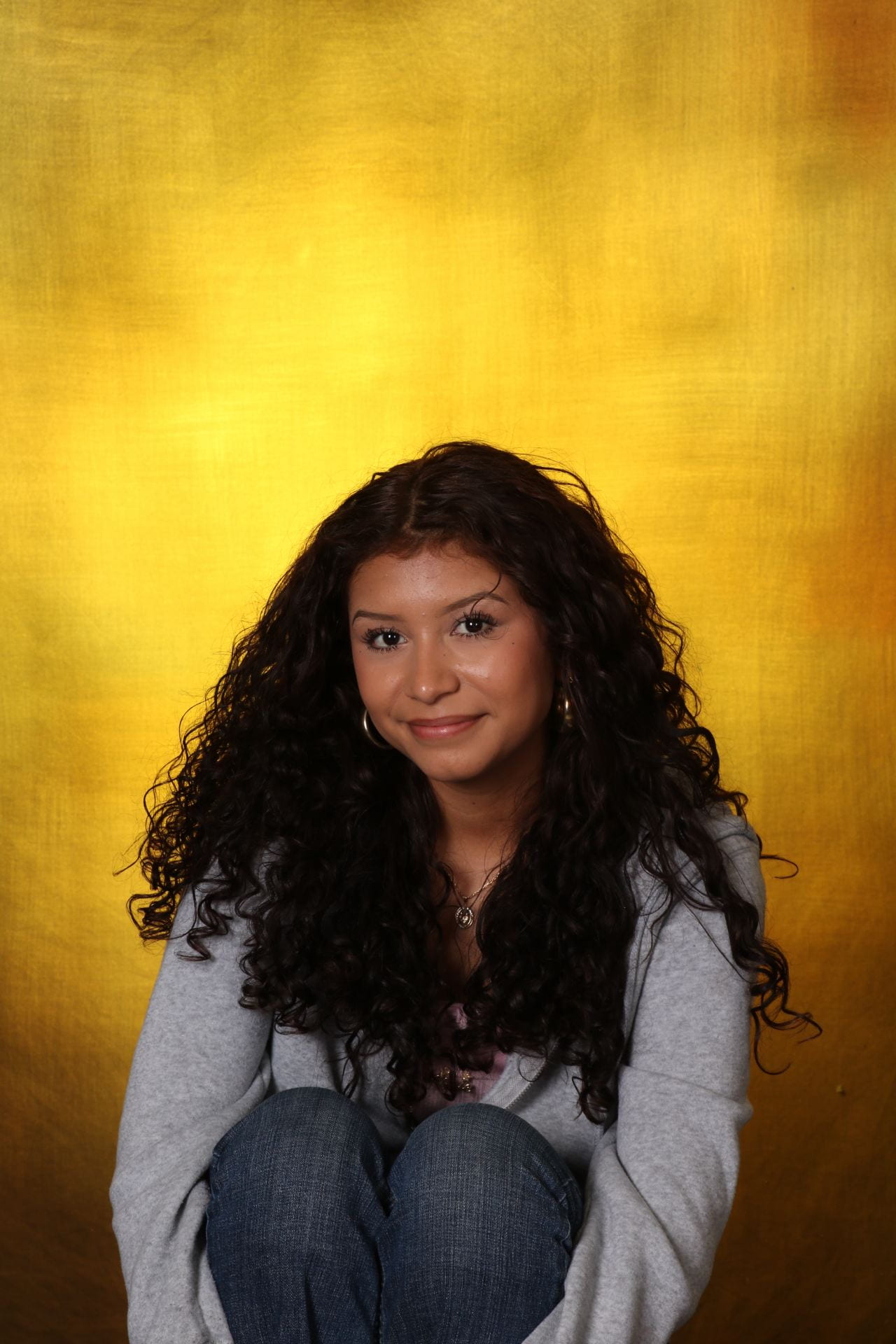
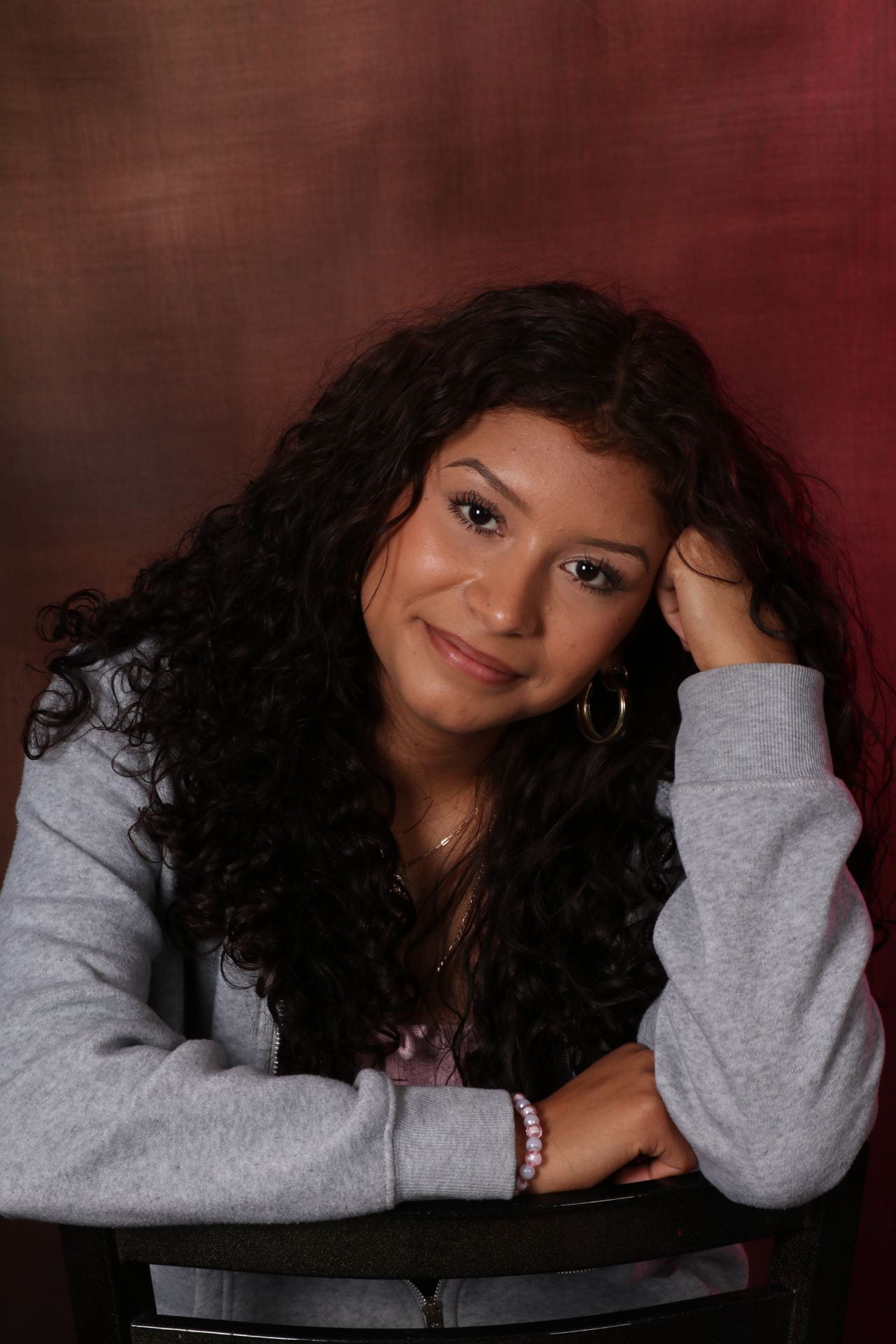
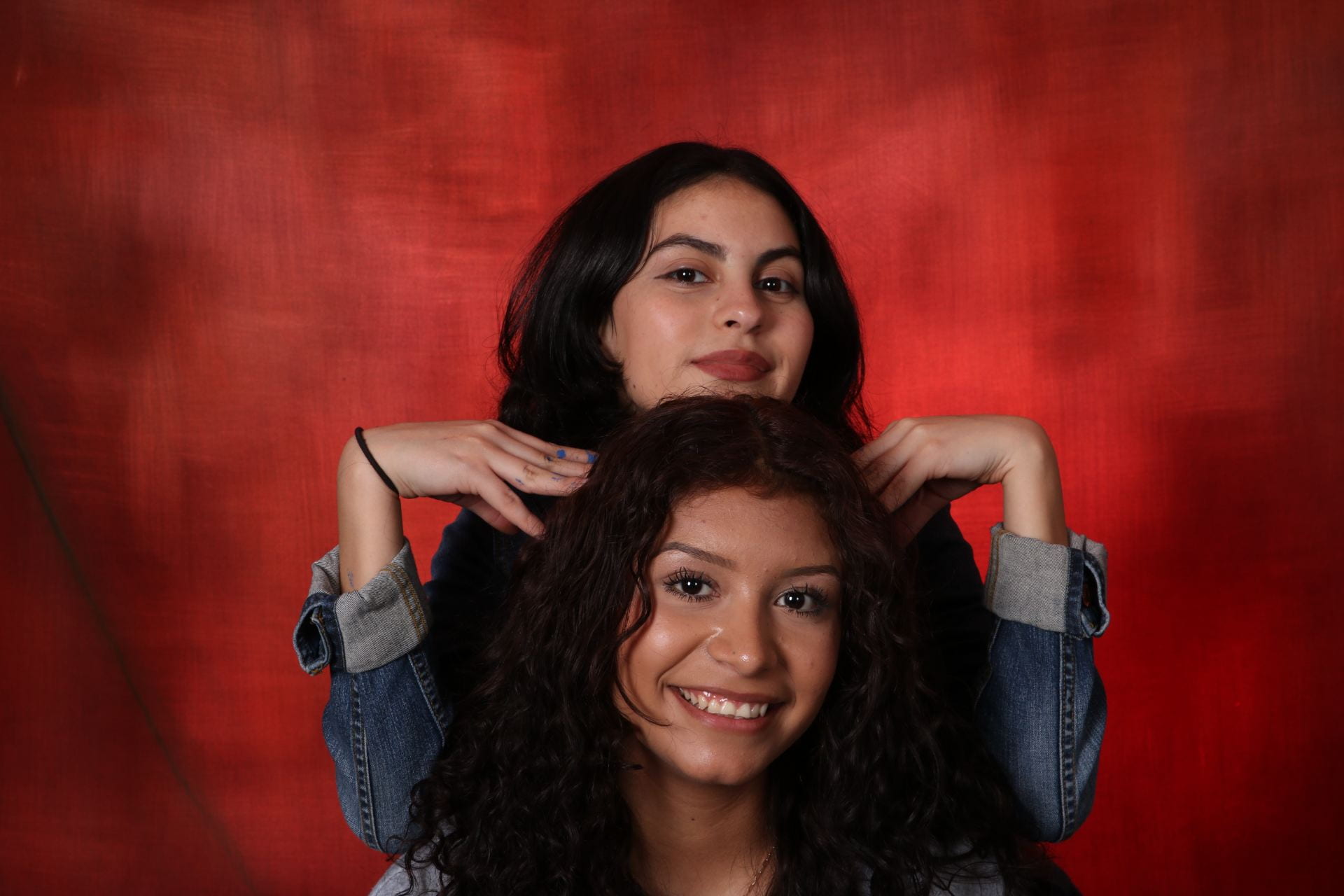
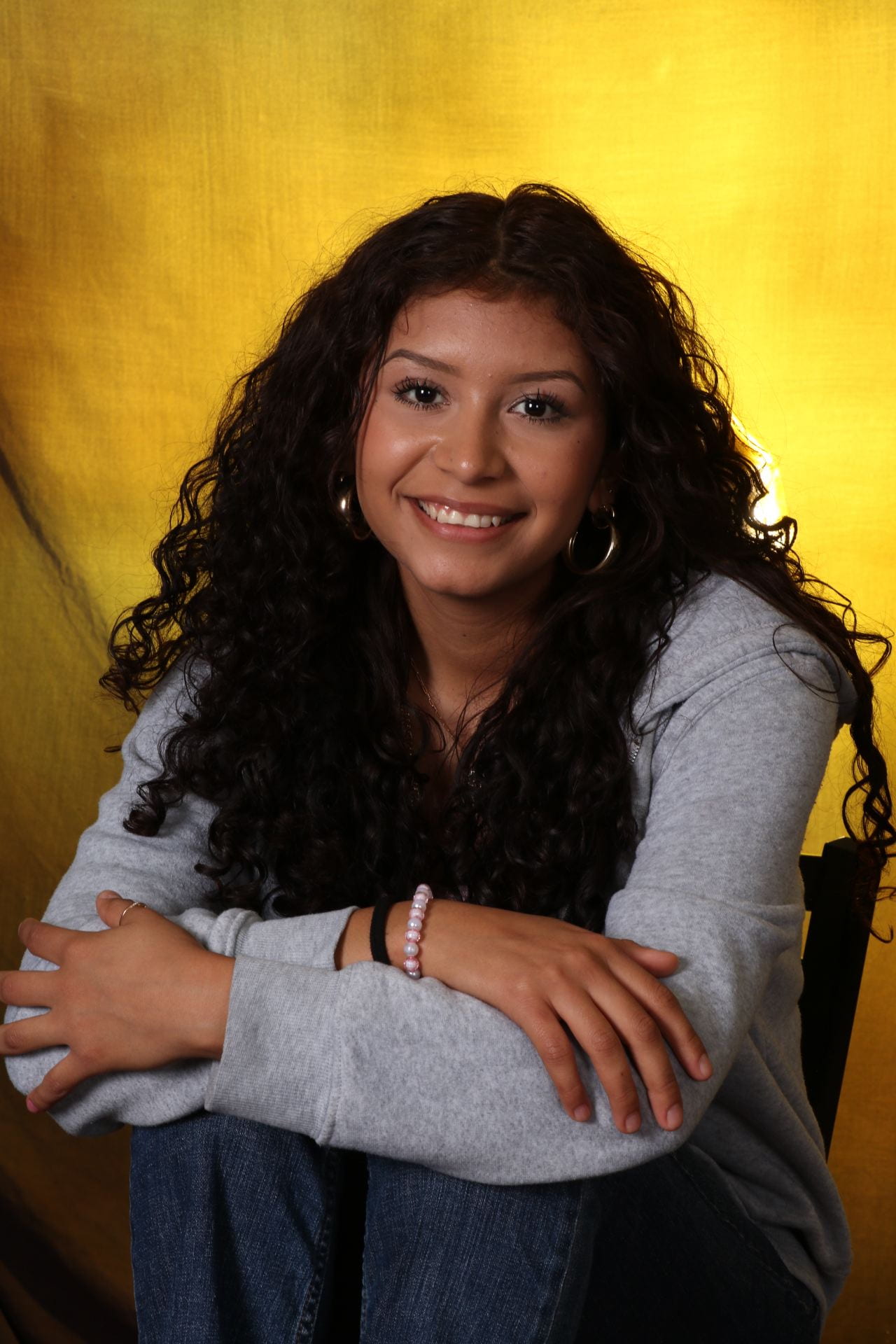
I noticed in the photo the lighting is yellow and how it reflects off the subject. The hat really insinuates the outfit more and brings more personality. The colors are nice. And the facial expression and head tilt are nice as well.